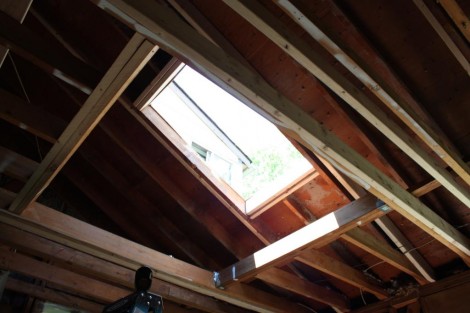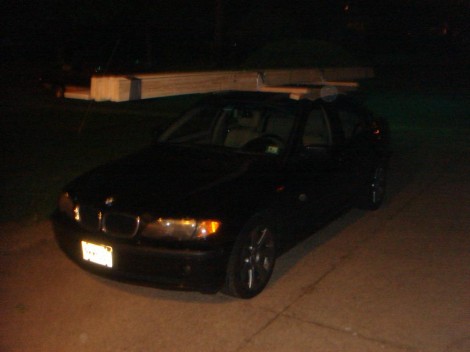When I bought my car, I was living at home with my parents. I needed to haul around my friends but not much else. Thats why at the time a BMW 325i Sedan sounded like a great idea. It could fit 5 people in reasonable comfort, and was fun to drive. Heck I didn’t even get the fold down seats because “when was I ever gonna use that”. Fast forward 5 years and now I really wish I had gotten a full size pickup instead. Today I had to go pickup the stone veneer that will surround the fireplace. Since I’d already bummed a ride off my friend to go pickup the five foot long, 250lb stone hearth, I was stuck getting this myself. 5 Boxes, 80lbs a piece.
At the stone yard, the forklift guy starts laughing at me, particularly after only one box will fit in the trunk. I managed to get the rest in the car, and could have even fit a 6th box in the back seat! Of course the waxy boxes did make a bit of a mess of the interior, but thats cleaned easily enough.









